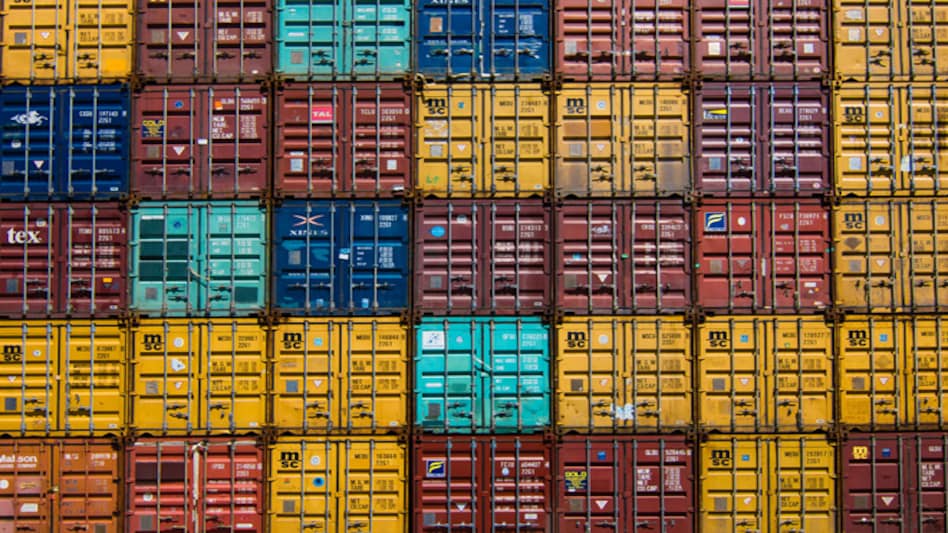

An important step towards boosting investments in domestic manufacturing and cutting down import bills, the government's Production Linked Incentive (PLI) scheme will also help in enhancing overall India's competitiveness of manufacturing exports. The scheme was initially introduced for mobile and allied equipment, pharmaceutical ingredients and medical devices manufacturing, but has been now extended to several other sectors. It now covers a wide array of skill and technology-intensive sectors, including Advance Chemistry Cell (ACC) battery manufacturing, electronics (including telecom products, IT hardware, electronic components), automobile and auto components, bulk drugs and pharmaceuticals, medical devices, textile and allied sectors (including technical textiles, man-made fibre and RMG of man-made fibre), food processing, solar PV manufacturing, white goods (AC, LED) and steel Products.
"The scheme has been introduced to revive the growth in India's manufacturing sector. It may be noted that the recent performance of the manufacturing sector has been sluggish. National Accounts Statistics indicates that manufacturing accounted for only 15.1 per cent of India's gross value added (GVA) in 2019-20, as compared to a share of 17.4 per cent in 2011-12. The contraction in the share of manufacturing in GVA is in spite of the strong growth in private consumption in the country. This inertia in India's manufacturing sector has translated into high import dependence and large trade deficit," says Prahalathan Iyer, Chief General Manager, Export-Import Bank of India.
According to India Exim Bank Research, during 2019-20, the cumulative exports from the 10 PLI sectors stood at $71.9 billion with significant untapped potential in the sectors. And as the PLI scheme could boost domestic manufacturing, it could augment India's exports by another $55 billion, cumulatively.
"The introduction of the scheme is timely as the Merchandise Exports from India Scheme (MEIS), which was one of the key export incentive schemes, has been withdrawn w.e.f. December 31, 2020. The PLI, along with the scheme for Remission of Duties and Taxes on Exported Products (RoDTEP), would move the country towards a more comprehensive, production-oriented and WTO-compliant incentive system for exports. While PLI does not specifically incentivise exports, it would bolster the manufacturing sector, and thereby help promote exports and neutralise the trade deficit," adds Iyer.
India recorded a trade deficit in 5 out of the 10 PLI sectors, viz. Advance Chemistry Cell (ACC) battery manufacturing, electronics, medical devices, solar PV manufacturing, and white goods. Investment incentives could help reduce the imports in these sectors by building domestic capacities, which would also cater to exports of these goods. India Exim Bank estimates, through the two-pronged approach, the trade deficit could be effectively neutralised.
"It may be noted that in the aforementioned sectors the trade deficit amounts to nearly $40.9 billion during 2019-20, accounting for more than one-fourth of the overall merchandise trade deficit and 56.8 per cent of the non-oil merchandise trade deficit of India," states Iyer.
In the remaining five sectors where India enjoys an overall trade surplus, the PLI schemes will help Indian manufacturers move up the value chain, and lead to higher value-added exports from the country. Besides, scale economies would also fetch new customers and markets, thereby improving our export volume.
The analysis of India's imports by end-use (capital, intermediate, consumer) indicates that nearly 79 per cent of the imports by India in 2019 were intermediate goods. India's manufacturing sector has a significant dependence on imported intermediates, which can be reduced by greater localisation of manufacturing activities through the PLI scheme.
As nearly 70 per cent of international trade today involves global value chains (GVCs) - services, raw materials, parts, and components - often numerous times, promotion of exports through linkages with GVCs would necessarily entail imports of certain components and intermediates.
"The focus of the import substitution strategy in India is therefore not to insulate the economy, but to localise the higher-value added activities in the country and engender," adds Iyer.
ALSO READ: PLI scheme: Govt nod to 33 API applications with investment worth Rs 5,082 crore
ALSO READ: India's exports fall by 0.3% in February after two months of growth
Copyright©2025 Living Media India Limited. For reprint rights: Syndications Today